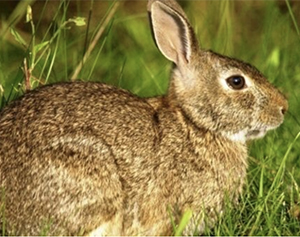Live animals including dogs, horses, and rabbits, were used in research and testing procedures 242,302 times last year — up 7% since 2016.
The number of experiments categorised as “severe” also increased by 4,293 last year to 70,596.
These are procedures causing long-lasting moderate pain, suffering, or distress for the animal; or short-term severe pain.
Almost 2,300 procedures were classified as “non- recovery”, carried out under general anaesthetic and the animals euthanised rather than allowed to wake up.
Mice accounted for 85% of the animals used last year.
A total of 16,858 rats were used, along with 518 guinea pigs, 400 rabbits, 60 equines and 442 ferrets. The number of dogs used fell by 75% to 89 last year. The number of cats reduced to zero from 271 in 2016, figures from the Health Products Regulatory Authority (HPRA) show.
Its annual report says the ultimate goal of EU regulations on animal testing is the complete replacement of animal studies, but “this is not currently possible”.
“Where biological processes are not sufficiently understood or are very complex, non-animal research or test methods are often not available… animal studies can be necessary to fill knowledge gaps in order to safeguard human, animal, and environmental health.”
The Irish Anti-Vivisection Society (IAVS), which campaigns against the use of animals for research, described the increases as “appalling”. It said the rise of the most severe lethal poisoning tests, driven by the expansion of the cosmetic botox industry, is disturbing.
“The HPRA claims it is committed to reducing painful animal experiments, but the facts show things are getting worse, not better, despite non-animal alternatives existing for many of these tests,” said IAVS chairwoman Yvonne Smalley.
Last year, 80% of animal uses related to legal requirements to test safety, quality, or potency of medicines.
- Darragh Mc Donagh


